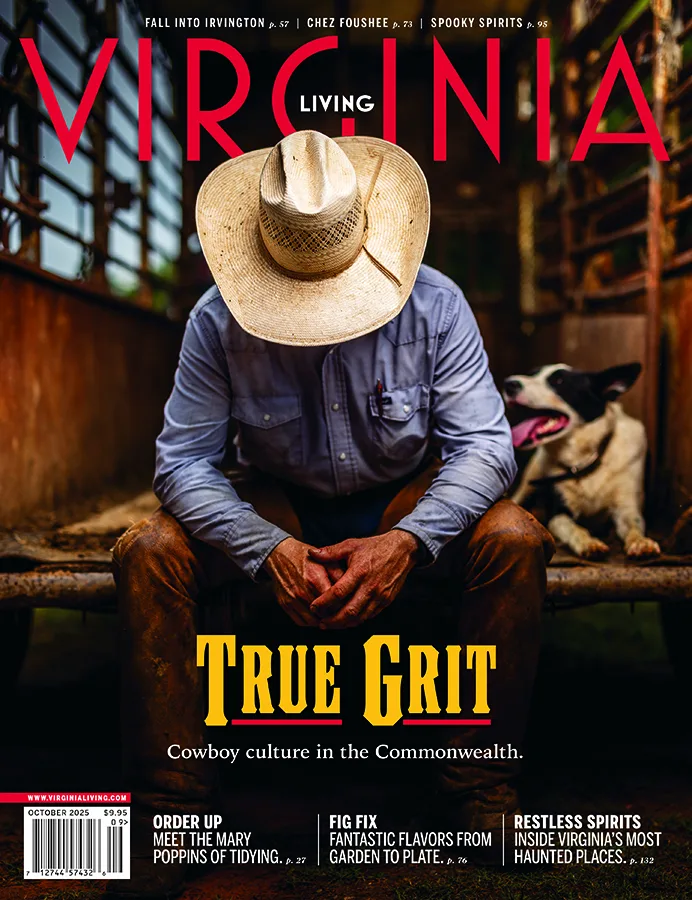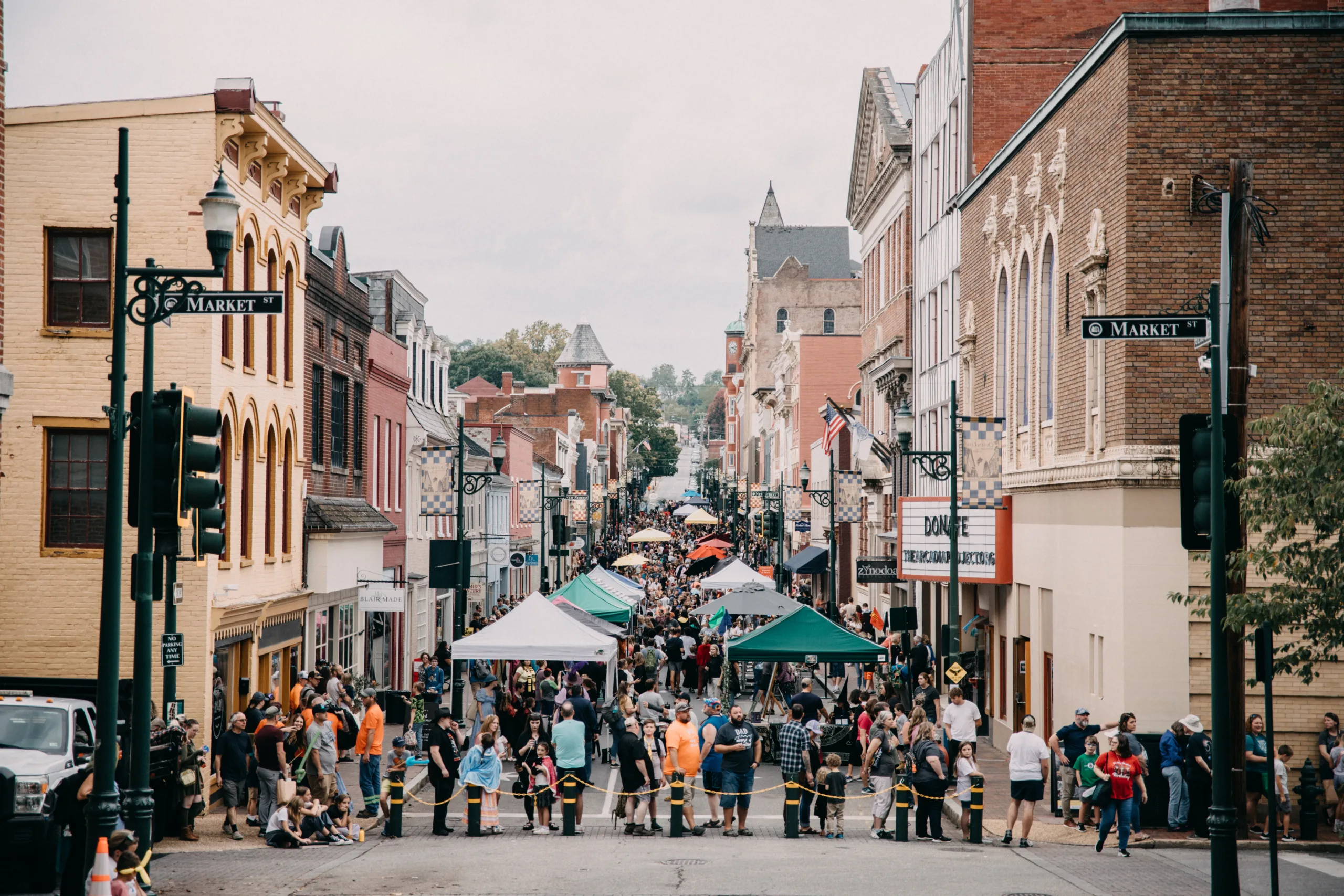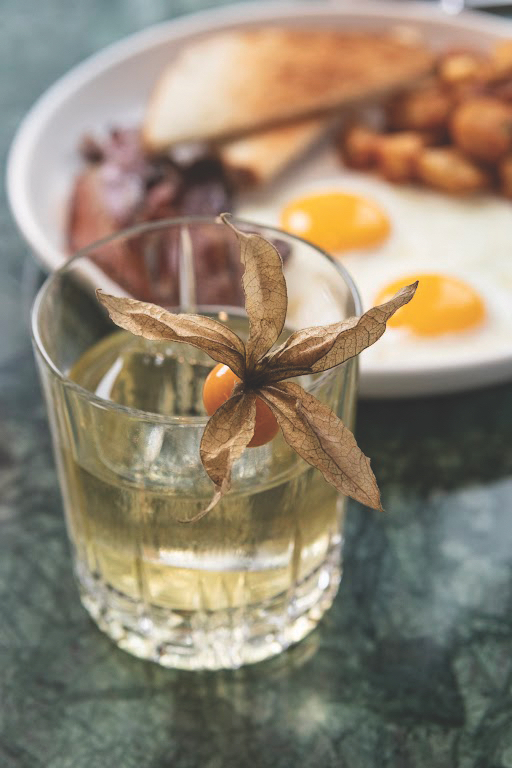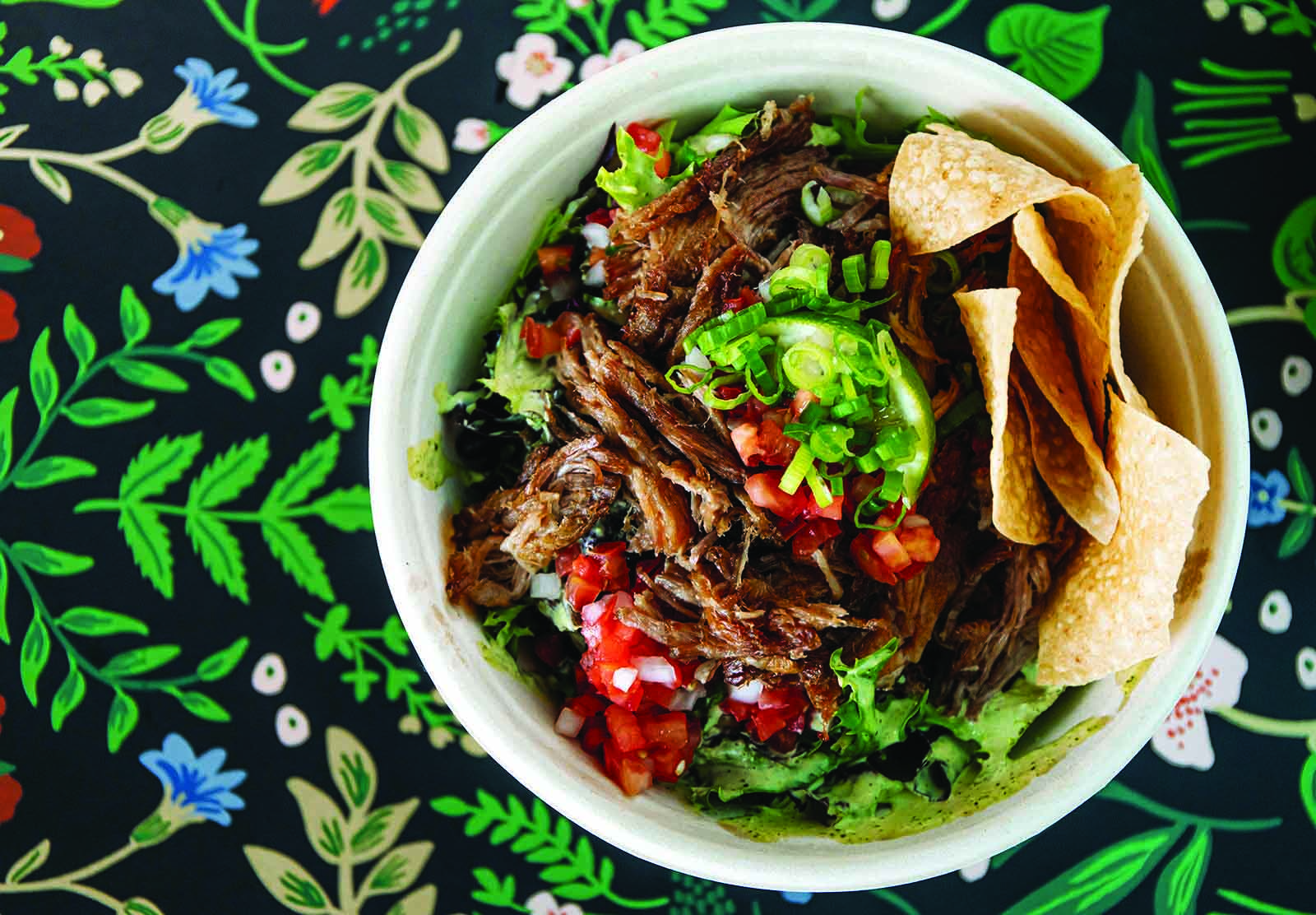Savor the flavors of the eight oyster regions of the Chesapeake Bay.

“A Guide to the Flavors of Virginia Oysters”
We love our trails in Virginia, be they hiking, historic or all about wine. But we’d like to propose a new one: the oyster-tasting trail. As any good ostreaphile will tell you, an oyster’s flavor comes from the body of water it was raised in, and the Chesapeake Bay region has eight distinct flavor regions.
“An oyster is a filter feeder,” explains Mike Hutt, the 59-year-old executive director of the Virginia Marine Products Board. “So if it feeds in salty waters, it’s going to taste salty. If it goes upriver where there’s less salt, then you get an oyster with a completely different flavor.” Hutt was part of an eight-person panel that reached consensus on three flavor descriptors—saltiness, sweetness and buttery/creaminess—and defined the boundaries of the eight regions, now outlined in a brochure, “A Guide to the Flavors of Virginia Oysters.”
Region #1 (Seaside) offers “initial bold saltiness,” #2 (Upper Bay Eastern Shore) balances “salt and sweet,” #3 (Lower Bay Eastern Shore) is both “salty and creamy,” #4 (Upper Bay Western Shore) offers “a light cream taste,” #5 (Middle Bay Western Shore) has an “easily distinguished cream,” #6 (Lower Bay Western Shore) leads to “a sweet finish” and #7 (Tidewater) is a “salty oyster with sweetness and a smooth finish.” Region #8 (Tangier/Middle Chesapeake Bay) features traditional Virginia Bay Oyster flavor with a balance of salt and sweet, and a savory butter/cream finish.
Such diversity is only possible in the Chesapeake Bay. “We happen to be unique in that we have the bay, the rivers and the sea,” says Hutt. So grab a map, oyster lovers, and prepare to take a bite out of Virginia’s tastiest new trail. VirginiaOysters.org








